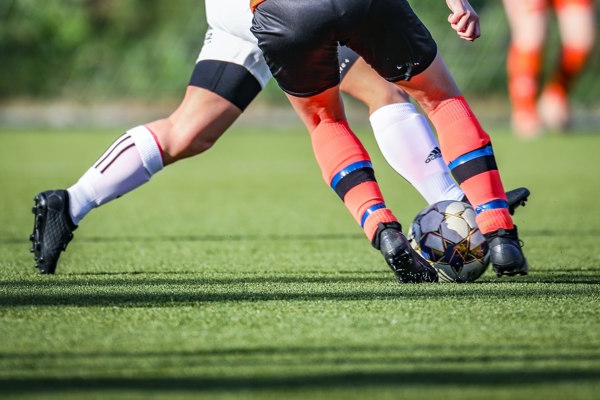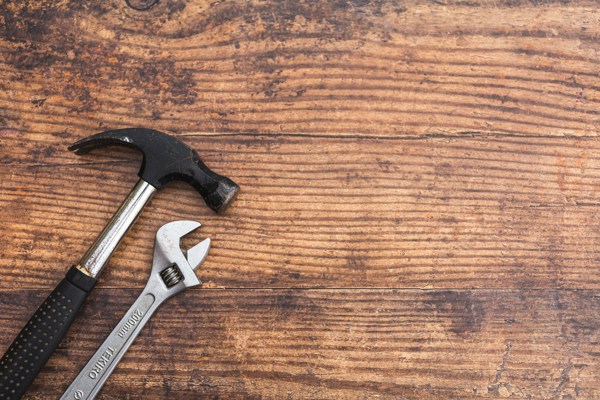Background
The pursuers, Sky Limited and Sky UK Limited, brought an action for declarator of copyright infringement, interdict against its repetition, damages and an order for publication for any judgment in their favour against Christopher Airlie, the owner of the Troll Inn in Dundee. Sky owned the copyright to the graphics which were the subject of the action which through a commercial agreement are shown during Sky UK's broadcast of football matches.
The pursuers alleged that Mr Airlie allowed broadcasts of the football matches, containing the copyright protected graphics, to be shown at the Troll Inn or allowed customers to do so. Mr Airlie argued that there had been no such breach and that customers watching Sky UK's broadcasts did so on their personal devices via the Sky Go app. The pursuers maintained that this still amounted to copyright infringement, relying on section 26 of the Copyright, Designs and Patents Act 1988 (“the 1988 Act”).
Copyright infringement
The Sky Go terms of use were not put before the court. Therefore, Lord Sandison had to decide whether the showing of the football matches in a bar, where any member of the public who entered could view them, constituted a communication to the public within the meaning of sections 16 and 20 of the 1988 Act, and thus infringed the first pursuer’s copyright in the graphics displayed in the course of the broadcasts. Lord Sandison held that it did and granted declarator and perpetual interdict against the repetition of the infringing conduct.
Damages
The pursuers originally sought an account of profits from the defender in respect of the infringement, however, it was thought that the cost of producing this would far exceed any amount due. So, the pursuers instead opted for a claim for damages.
The measure of damages for copyright infringement is the depreciation caused by the infringement to the value of the copyright.
Lord Sandison outlined the "price or hire" principle, applicable ‘‘wherever an abstraction or invasion of property has occurred.” This was described in Stoke-on-Trent City Council v W & J Wass Ltd [1988] 1 WLR 1406 as the “user principle”:
“It is an established principle concerning the assessment of damages that a person who has wrongfully used another’s property without causing the latter any pecuniary loss may still be liable to that other for more than nominal damages. In general, he is liable to pay, as damages, a reasonable sum for the wrongful use he has made of the other’s property.”
This principle recognises the right to control the use of an asset is valuable, and that the owner suffers a loss when wrongful use of the property is made by another. As such, the determination of damages is an exercise in determining the hypothetical amount for which reasonable parties placed in the position of the parties to the litigation would have agreed following negotiations relative to the commercial context.
This, Lord Sandison stated, was difficult in this particular case due to the lack of a comparable market. Lord Sandison referenced Lord Sumption in One Stop (Support) Ltd v Morris-Garner and Anr [2018] UKSC 20, [2019] AC 649:
“Use of [a notional release fee] is appropriate only if there is material on which the notional release fee can be assessed and then only so far as the trial judge finds it helpful, in the light of such other evidence as may be before him.”
The only evidence led by the pursuer's regarding quantum was the commercial subscription rates paid by the defender previously to secure the rights to broadcast Sky UK's matches. Lord Sandison found no probative value in this evidence, as it was Sky's graphics which were the subject of the copyright infringement, and the subscription rates bore no relation to the sum that would have been paid by defender to enable him to show Sky’s graphics.
It is perhaps not surprising that this rather unsatisfactory evidence was the only evidence led, due to the non-existence of a market for the showing of Sky’s graphics only. As a result, the judge found he could not assess damages. Lord Sandison also noted that it was not clear on what basis Sky UK might have been entitled to damages for the infringement of Sky's copyright.
The pursuers were authorised to arrange for publication of the judgment at Mr Airlie's expense.
Comment
There have been relatively few Scottish judgments on the assessment of damages and the application of the user principle in cases of copyright infringement and so this is a welcome judgment. The facts of this case made the assessment particularly difficult given the lack of comparable market.


